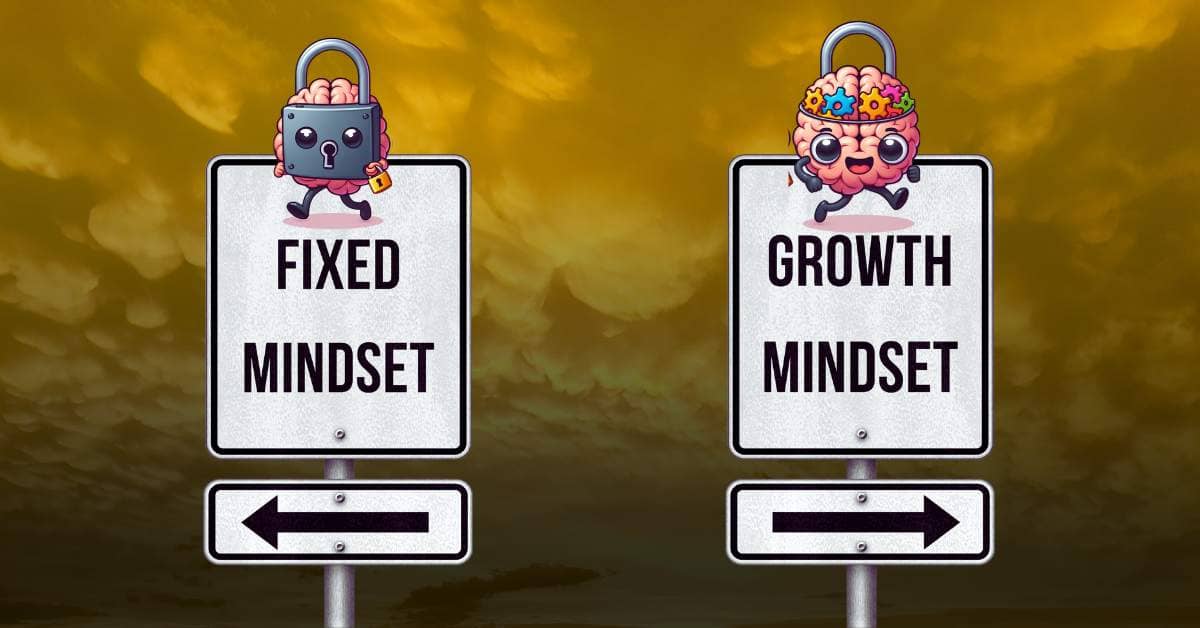The Science Behind Limiting Beliefs

Have you ever felt held back by an invisible force, a nagging voice whispering doubts in your ear? These are likely limiting beliefs, deeply ingrained ideas about yourself and your capabilities that restrict your potential. But what exactly are they, and how does science explain their hold on us?
The Roots of Limiting Beliefs
Neuroscience sheds light on the formation of limiting beliefs. Our brains, particularly the amygdala (responsible for fear and emotion), are wired for survival. Early experiences, negative feedback, or even witnessing others’ failures can be interpreted as threats. To protect ourselves from future pain, the brain creates a shortcut – a limiting belief – that discourages us from venturing outside our comfort zone.
These beliefs become ingrained in the subconscious, shaping our thoughts, behaviors, and ultimately, our outcomes. For example, a child told they’re “bad at math” might develop a limiting belief about their mathematical abilities, leading them to avoid challenging problems or pursue math-related careers.
The Limiting Belief Cycle
Limiting beliefs create a self-fulfilling cycle. Here’s how it works:
- Trigger: You encounter a situation that activates your limiting belief.
- Negative Thought: The limiting belief surfaces, fueling negative self-talk (e.g., “I’m not good enough”).
- Emotion: You experience negative emotions like fear, anxiety, or doubt.
- Action (or Inaction): You either avoid the challenge altogether or approach it with a defeatist attitude, hindering your performance.
- Confirmation Bias: Any negative outcome reinforces the limiting belief, creating a vicious cycle.
Breaking Free from the Cycle
The good news is that limiting beliefs aren’t set in stone. Here’s how science can help you break free:
Neuroplasticity: The brain has remarkable plasticity, meaning it can change and adapt throughout life. By challenging your limiting beliefs and practicing new behaviors, you can create new neural pathways that weaken the hold of negativity.
Cognitive Reframing: Identify the negative thoughts associated with your limiting belief. Then, challenge them with evidence to the contrary and replace them with more empowering beliefs.
Moving Forward
Understanding the science behind limiting beliefs empowers you to take control. Here are some steps to get you started:
- Identify your limiting beliefs: Reflect on situations where you hold yourself back. What negative thoughts arise?
- Challenge the evidence: Look for evidence that contradicts your limiting belief. Have you overcome similar challenges in the past?
- Develop empowering beliefs: Replace limiting beliefs with affirmations that reflect your potential and growth mindset.
- Seek support: Surround yourself with positive people who believe in you and can help you challenge negative thoughts.
By understanding the science and taking action, you can overcome limiting beliefs and unlock your full potential. Remember, your brain is constantly evolving – with effort and awareness, you can rewrite the narrative and achieve anything you set your mind to.

